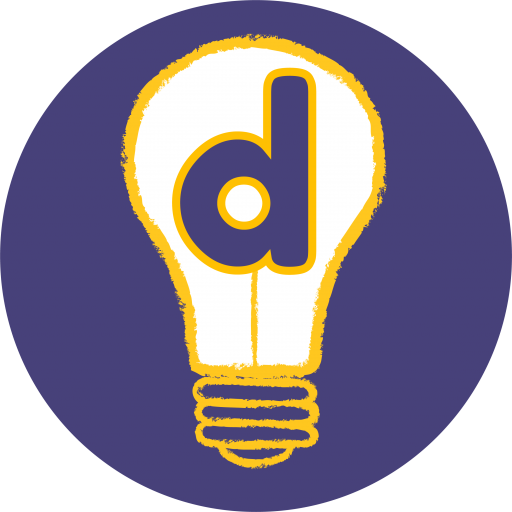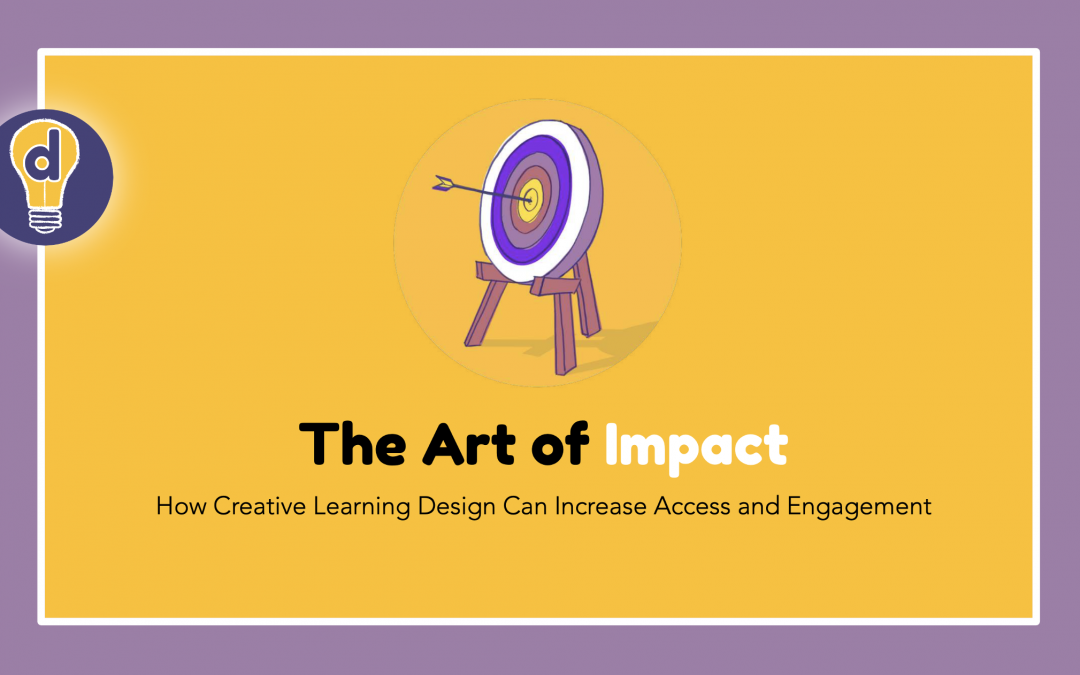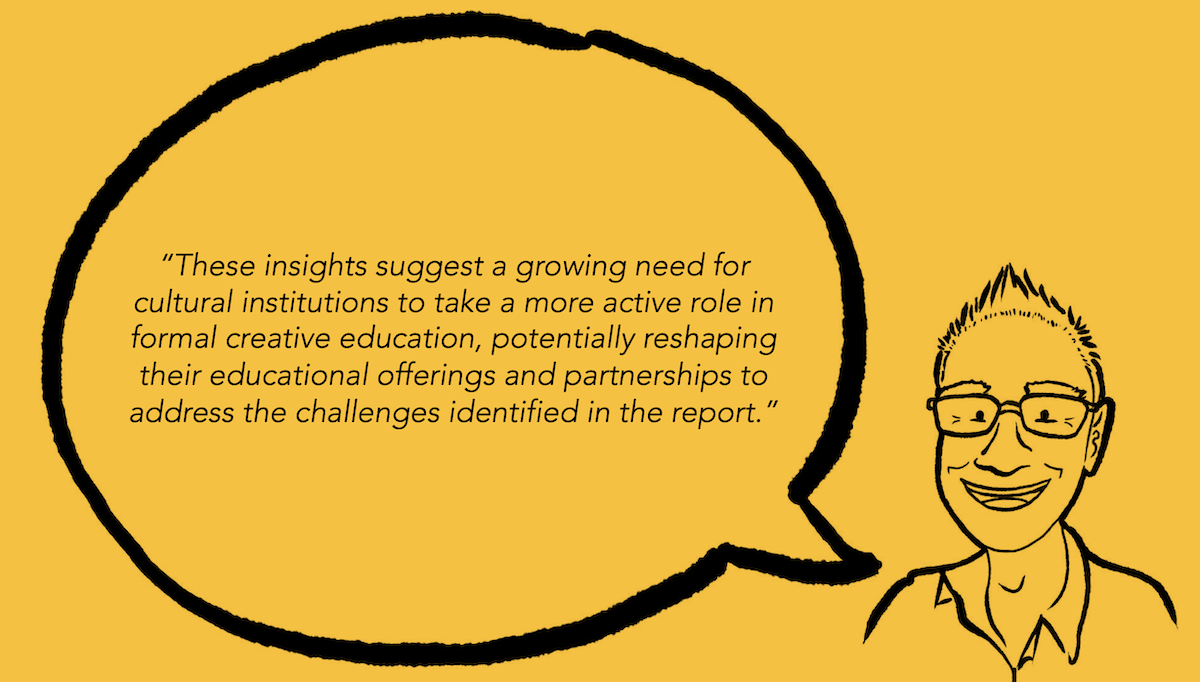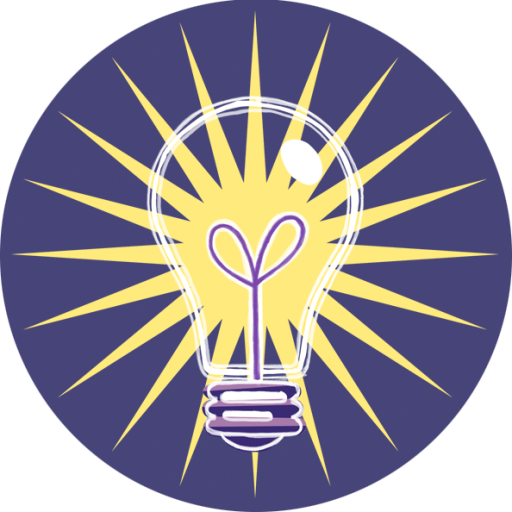Museums and cultural organisations have to create truly engaging and accessible experiences. But how do you move beyond simply broadcasting information to producing genuine participation and learning?
In this webinar, we explore practical approaches to this challenge including:
- Reducing information overload to produce meaningful engagement
- Designing experiences that align with audience needs and expectations
- Using learning design to drive engagement in resource-constrained environments
- Harnessing empathy and creativity to widen access cultural education
Aligning experiences with outcomes
The webinar begins by explaining the idea of constructive alignment, which is a key principle in designing engaging and effective learning experiences.
This principle suggests that…
Intended outcomes (what we want people to understand, experience, or take away)
Communication strategies (how we present information and engage our audience)
Engagement measures (how we gauge interest, learning, and interaction)
… should all work in harmony, supporting and enhancing each other.
Next, we look at key insights from the The State of the Arts report which highlight the relationship between formal creative education and the role of cultural institutions:
Decline in arts education
There’s a significant decline in arts education in English state schools, with fewer teachers, fewer teaching hours, and lower GCSE/A-level entries in arts subjects.
Cultural institutions as educational partners
With the decline in school-based arts provision, cultural institutions have an opportunity to fill this gap and become crucial educational partners.
Unequal access
There’s unequal access to quality arts education, particularly affecting children from lower-income families. Cultural institutions could play a role in addressing this inequality.
Importance of early exposure
The report highlights the importance of arts in early years education. Cultural institutions could support this through targeted programmes for young children.
School-only engagement
A high percentage of 11-15 year olds only engage with arts activities at school, emphasising the importance of school-cultural institution partnerships.
Higher education challenges
Arts courses in higher education are facing funding cuts and closures. Cultural institutions could provide alternative pathways or supplementary education.
Employment challenges
There’s a disconnect between education and employment in the cultural sector, with low median earnings. Cultural institutions could help bridge this gap through skills-based programmes.
Regional disparities
There are significant regional disparities in both arts education and cultural sector employment. Cultural institutions could play a role in addressing these geographical imbalances.
Case Study 1: Marcus and the Mystery of the Pudding Pans
This project, funded by the Heritage Lottery, aimed to bring local history to life by focusing on Roman pottery discovered off the north Kent coast. The primary objective was to engage a wide audience, particularly children, through an animated film. The project involved several key components:
Animation Production: The team embarked on creating an animated film to tell the story of Marcus and The Mystery of The Pudding Pans. This involved scriptwriting, storyboarding, character design, and animation production
Engagement with Local Primary School: Collaboration with a local primary school was central to the project’s success. This included auditioning school children for voice-actor roles in the film and involving them in the production process. Additionally, students contributed to the creation of production art for the animation, fostering a sense of ownership and pride in the final product.
Educational Activities and Presentations: The project extended beyond the film itself to encompass educational activities for schools. This included planning and delivering presentations and assemblies to enhance understanding of local history and the production process behind the film. Interactive sessions allowed students to delve deeper into the subject matter and interact with the project team.
Community Involvement: The project exemplified community involvement by integrating local resources, talent, and knowledge. By engaging with the local community, the project not only enriched educational experiences but also fostered a sense of belonging and pride in the community’s heritage.
Case Study 2: A 3-Day Development Workshop in India
The second case study, undertaken by Ding’s Centre for Learning Design, focused on empowering university teachers working with underprivileged children in rural India. The workshop, conducted over three days at the Woxsen campus in Hyderabad, aimed to develop insights into inclusive teaching practices and effective learning design. Key elements of the workshop included:
Inclusive Teaching Practices: The workshop prioritised strategies for inclusive teaching to cater to the diverse needs of underprivileged learners. Participants explored methodologies to create inclusive learning environments that fostered equitable access and engagement.
Effective Learning Design: Central to the workshop was the exploration of learning design principles tailored to the context of underprivileged communities. Participants learned how to design learning experiences that maximised engagement and addressed the unique challenges faced by their learners.
Experiential Activities and Workshops: The workshop utilised experiential learning approaches to deepen participants’ understanding and skills. Through hands-on activities, group discussions, and reflective exercises, participants gained practical insights into applying inclusive teaching practices and effective learning design in their classrooms.
Empowering Female University Teachers: The workshop specifically targeted female university teachers, aiming to empower them as agents of change within their communities. By providing them with tools and knowledge to enhance their teaching practices, the workshop aimed to amplify their impact on underprivileged learners and promote positive social change.
Commonalities between the two case studies
Engagement: Building active involvement with the target audience
Equality: Promoting inclusivity and fairness.
Enrichment: Expanding the projects’ benefits to wider communities.
Empowerment: Instilling a sense of ownership and agency.
You might also like:
- Reducing cognitive load
- Designing metacognition into learning experiences
- Onboarding and learning design – Ellie Soccorsy podcast
We're experts in end-to-end course development
Whether you need a new course, or more capacity to deliver existing courses, we’ve got you covered.
Our quick diagnostic tool will help you determine the type of engagement that would best fit your requirements

What sector are you interested in?

Edtech and Entrepreneurs

Higher Ed and Apprenticeships





Trackbacks/Pingbacks